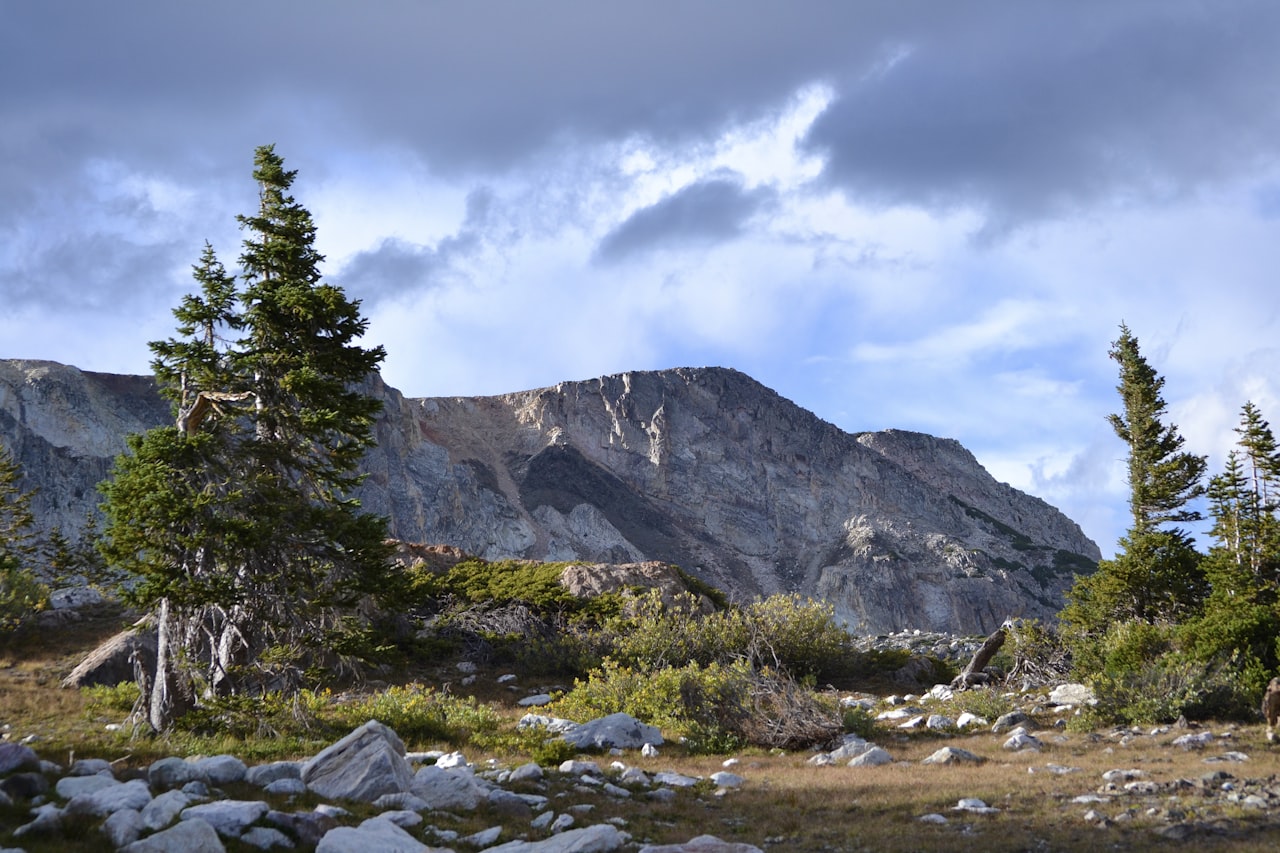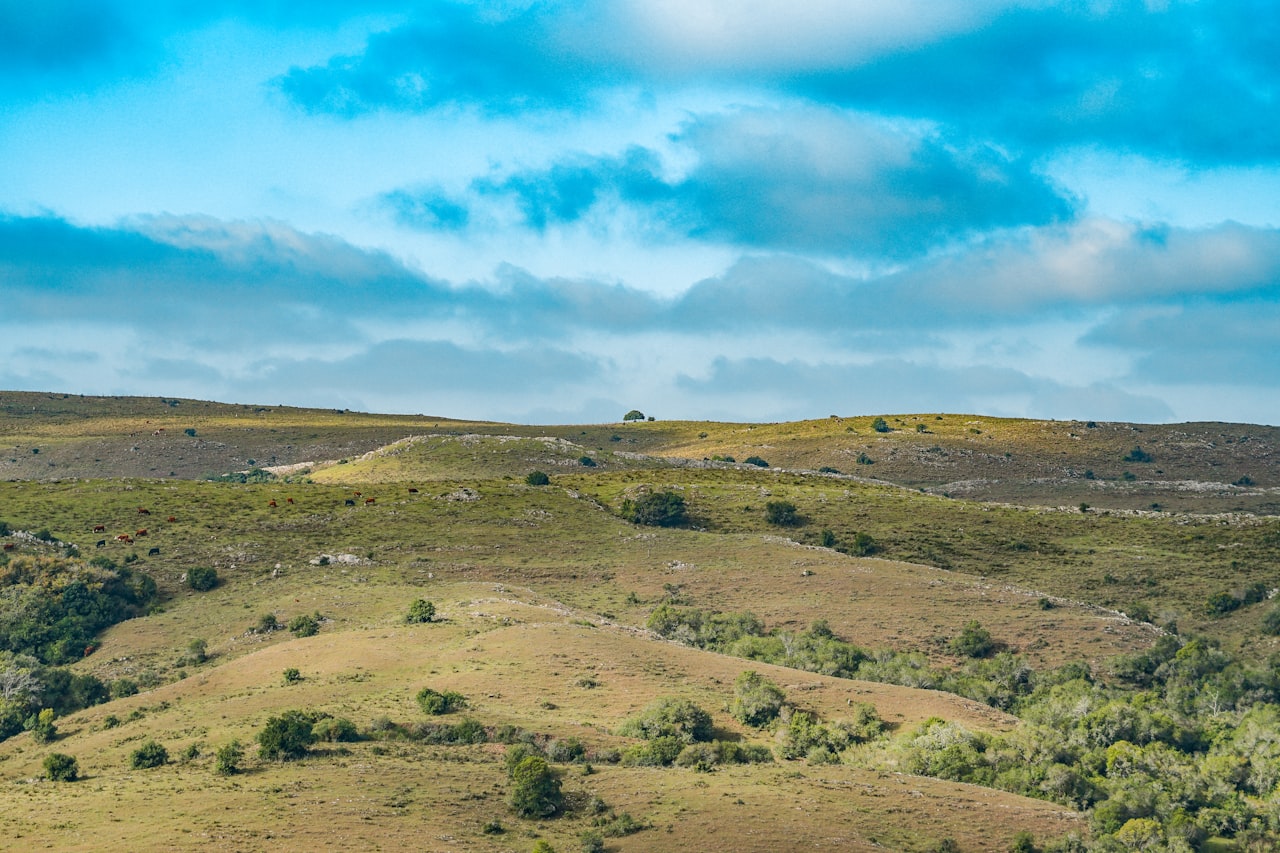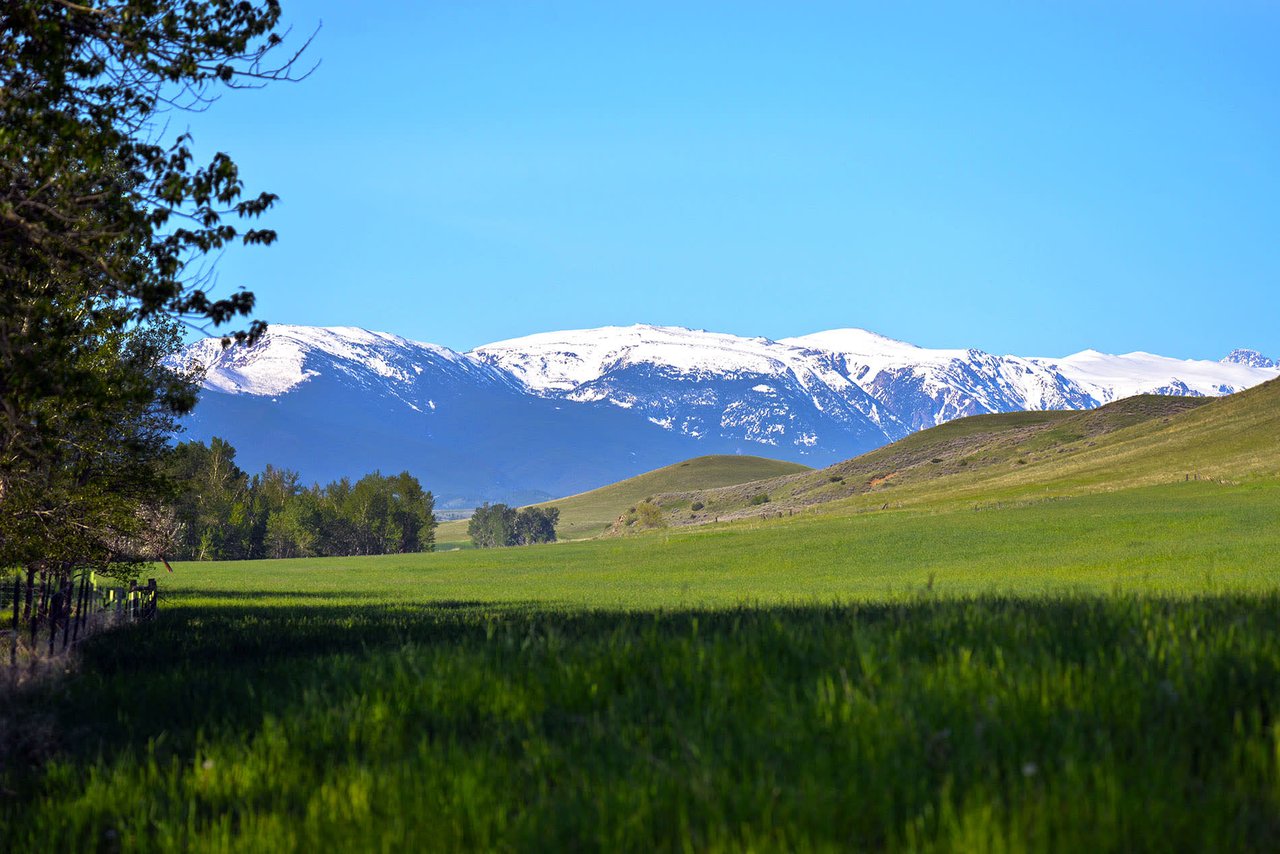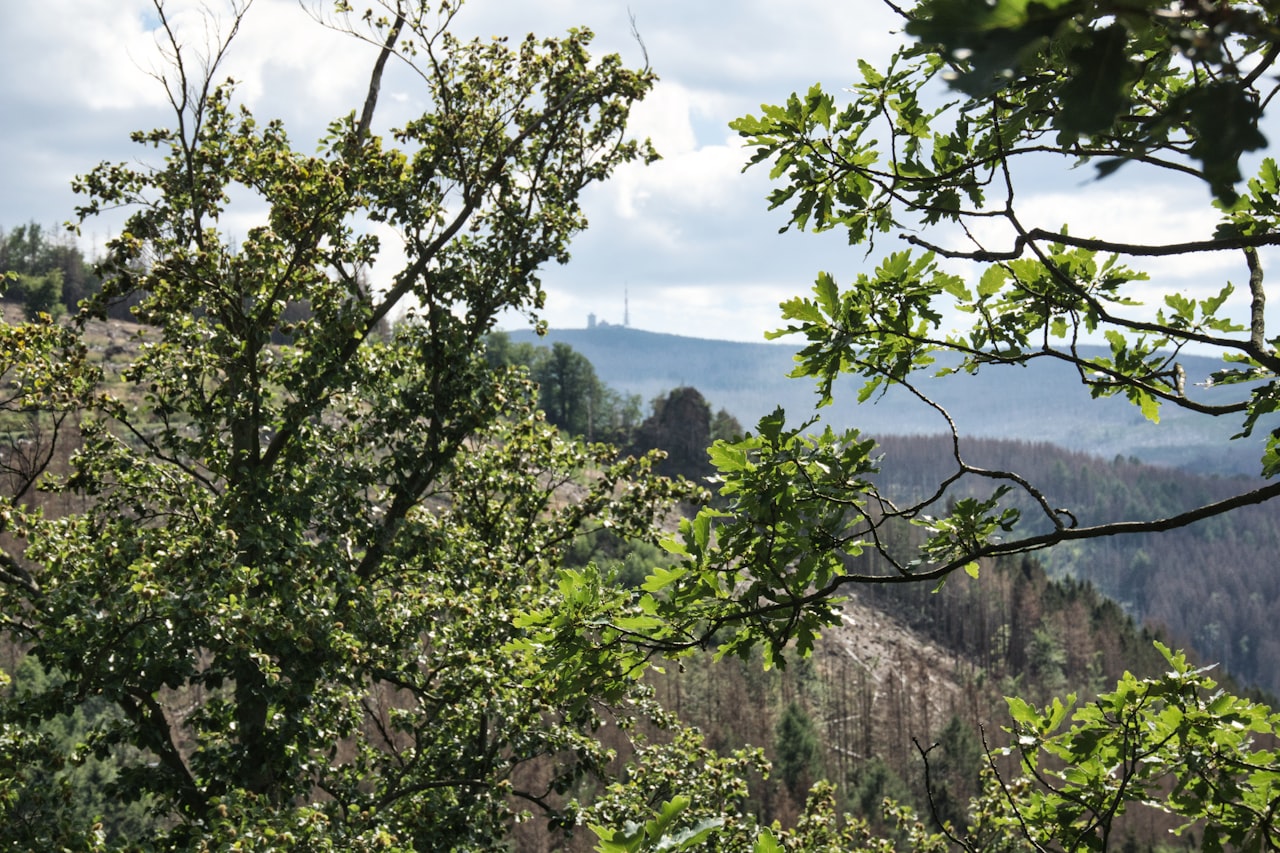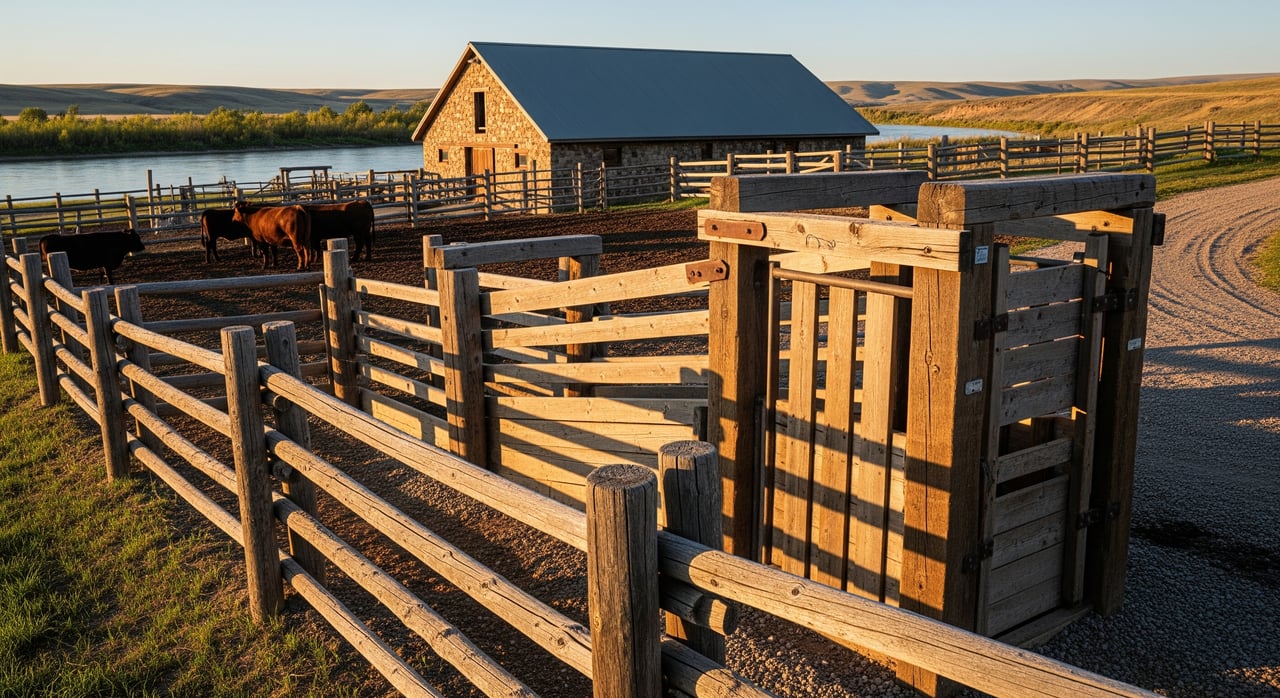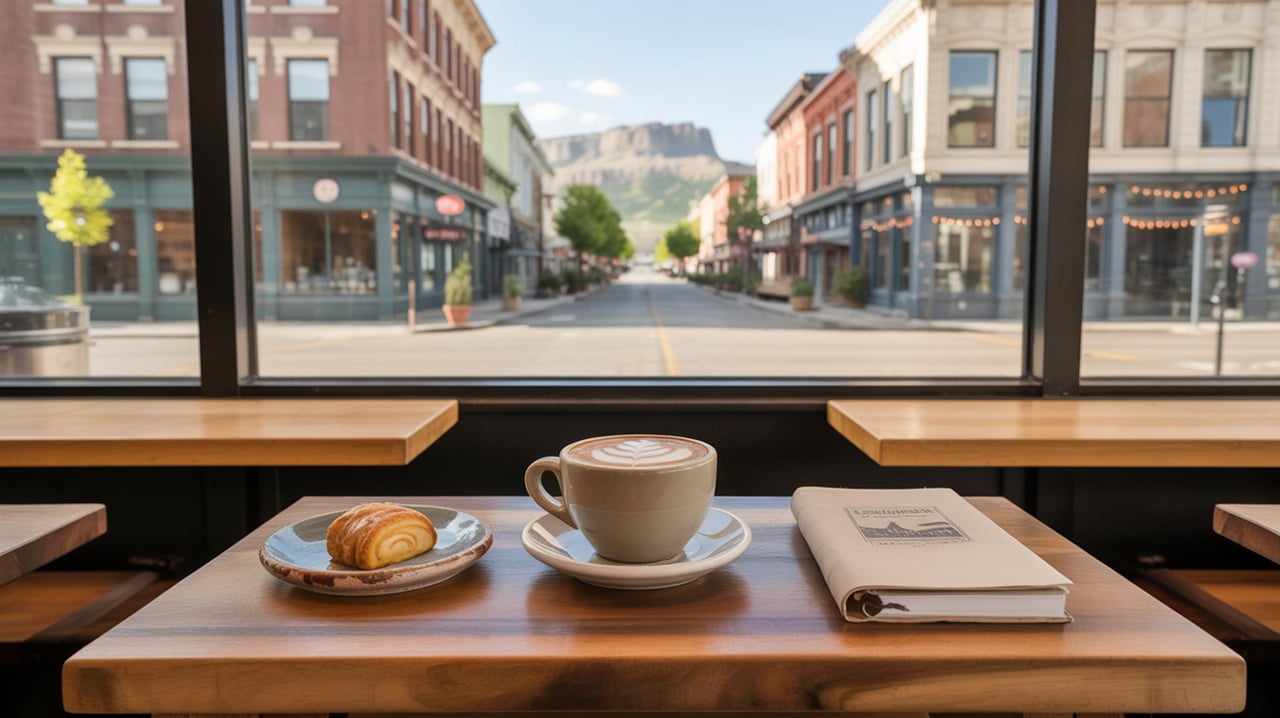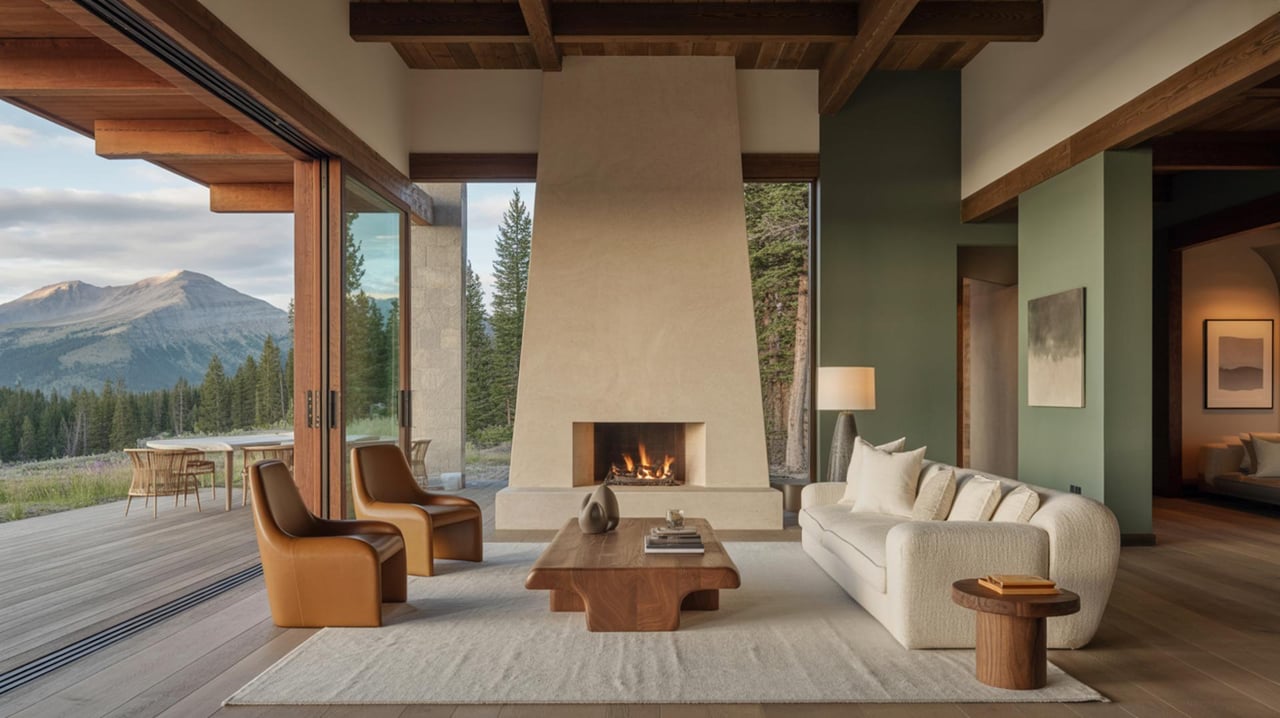Montana’s rugged landscapes, pristine wilderness, and wide-open spaces have long been a draw for those seeking to own a piece of the Big Sky Country. However, when it comes to real estate in Montana, access issues can be a significant concern for prospective landowners. In this blog post, we’ll delve into the complexities of land access in Montana and provide some valuable insights for navigating these challenges.
UNDERSTANDING THE LAY OF THE LAND
Montana’s vast terrain is characterized by rolling hills, mountains, dense forests, and expansive plains. With such diverse geography, land parcels can vary greatly in terms of accessibility. Here are some common access issues you may encounter:
- Public vs. Private Land: In Montana, a substantial portion of land is publicly owned, primarily by federal and state agencies. These lands are typically open for recreational use, but they may not be suitable for building or development. Private land is often surrounded by public land, making access a critical consideration.
- Easements: An easement is a legal right that allows someone to access or use another person’s property for a specific purpose. It’s essential to investigate whether your potential land purchase has an easement in place for access roads or utilities.
- Seasonal Access: Montana’s harsh winters can result in seasonal access issues. Some properties may be virtually inaccessible during the winter months, requiring careful planning if you intend to live there year-round.
- Remote Locations: The allure of seclusion and privacy often drives buyers to remote properties. However, these areas can come with challenging access, such as unpaved roads, river crossings, or rugged terrain.
TIPS FOR DEALING WITH ACCESS ISSUES
- Research: Thoroughly research the property’s access conditions before making an offer. Consult local authorities, neighbors, and real estate agents for insights.
- Legal Advice: Seek legal counsel to review any easements or access agreements. Ensure they are legally binding and adequately protect your interests.
- Inspect the Road: Physically inspect the access road to the property, especially if it’s private. Consider the road’s condition, maintenance, and any seasonal challenges.
- Neighboring Landowners: Establish good relationships with neighboring landowners. They can provide valuable information and assistance in dealing with access issues.
- Alternative Routes: Explore alternative routes to your property, especially if the primary access is seasonal. Consider potential backup plans for emergencies.
- Utility Access: Ensure access to essential utilities like water, electricity, and sewage systems. Off-grid properties require careful planning and investment in self-sustaining systems.
CONCLUSION
Owning land in Montana can be a dream come true, but access issues can quickly turn that dream into a nightmare. With the right research, legal advice, and proactive planning, you can navigate these challenges and enjoy the natural beauty and tranquility that Montana has to offer. Whether you’re seeking a remote cabin, a ranch, or a plot for development, being informed and prepared will be your key to success in the Big Sky Country.
